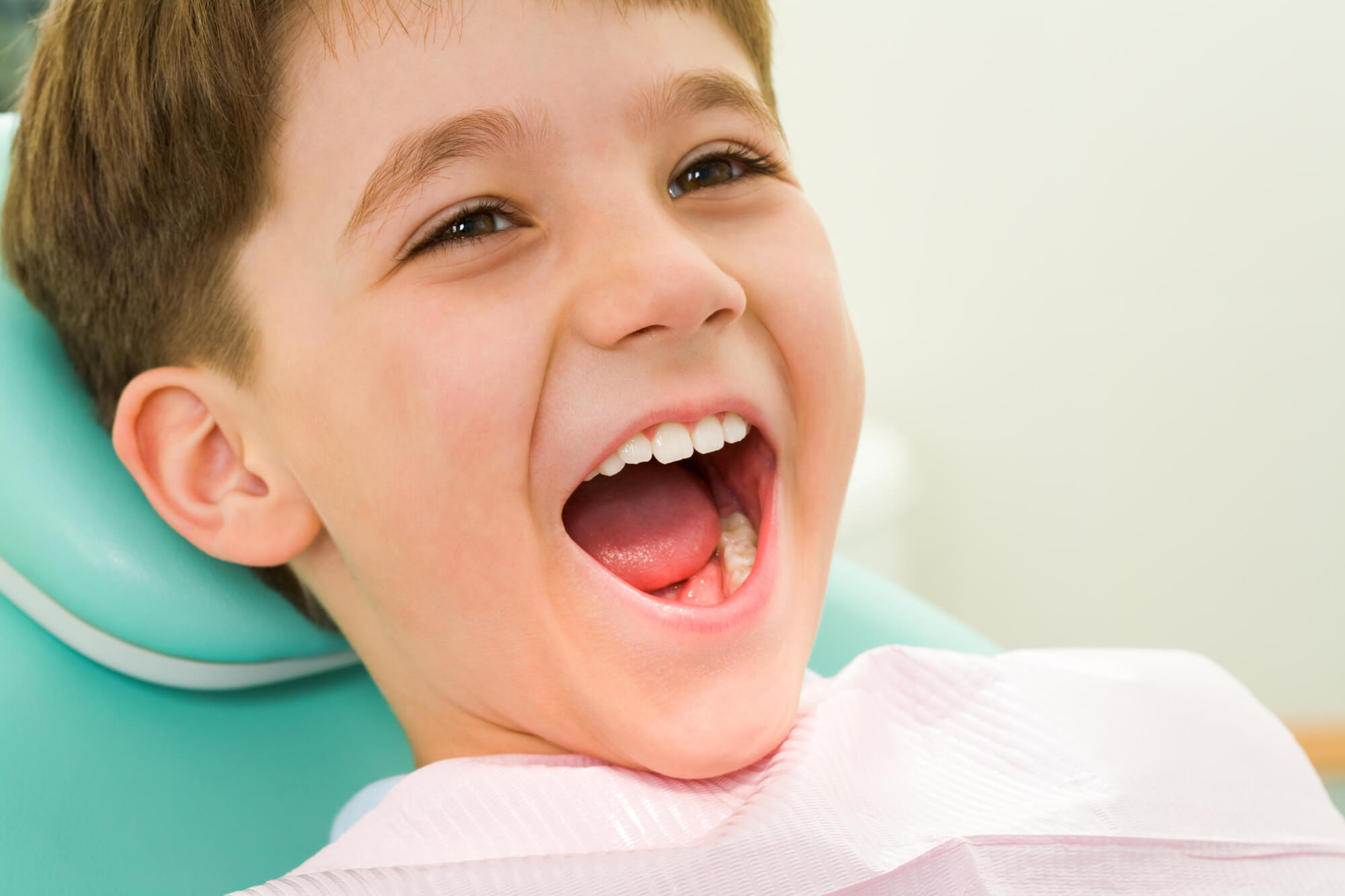Taking your kid to the dentist is crucial since poor dental health in kids is associated with low grades and more absences from school. However, you may want to be aware of your sedation choices. Is your youngster afraid to visit the dentist? If yes, you might be interested in learning more about pediatric sedation dentistry.
This blog post will examine what you need to know about your child’s sedation alternatives. Continue reading to learn more about this and discover how it can help your child feel more at ease.
.jpg)
Sedation When It Comes to Kids
Are Children Safe from Taking Sedatives?
The average 4-year-old is still relatively young, but in anesthetic terms, they are in excellent health and fall into the low-risk category. There are a lot of sedation dentists who have successfully treated kids with oral health issues using dental sedation.
A certified anesthesiologist with the right anesthetic plan can administer anesthesia to these individuals safely. Dental professionals treat children who do not have sedative allergies.
Why Do Children Need Sedation Dentistry?
Depending on the process, dental anesthetic may be required. Sedation will be administered to prevent your child from getting anxiety attacks or feeling pain and discomfort. It will definitely help calm your youngster down if they are nervous about visiting the dentist.
The level of sedation dental professionals select depends on the surgery and your child’s anxiety. Nitrous oxide, commonly known as laughing gas, will calm your child’s modest anxiousness.
Does Sedation Aid in Behavior Modification?
Yes. “Give the smallest effective dose” and “Let anxiety determine the level of the anesthetic” are among the common practice ideas of sedation experts. Sedation and general anesthesia can be very helpful tools to control your child’s behavior if they have trouble with dentistry and you have tried multiple dental professionals without success.
There are dental experts who have training in child behavior management strategies. Even if you decide against giving your child sedation, these professionals know how to keep them at ease and peaceful while in the dentist’s chair.
What Kind of After-Sedation Care Should I Give My Child?
After the sedation has worn off, they may be allowed to return to class. However, they will most likely need rest, especially if it’s a more complicated procedure.
The side effects from general anesthesia and moderate sedation will continue much longer, frequently for up to 6-8 hours. Once you’re home, they can sleep, and you can give your kid something soft to eat.
.jpg)
At-Home Tips After Sedation Dentistry
At PGA Dentistry, our team of professionals is always ready and willing to answer any questions or concerns you might have regarding your oral health or the treatment methods we use. Taking your child in for a treatment that requires sedation can feel hard, but you can trust that we do everything we can to keep them safe. Are you interested in learning more at-home dental tips? Contact our dental professionals if you want to learn more about sedation dentistry. We can’t wait to hear from you.
